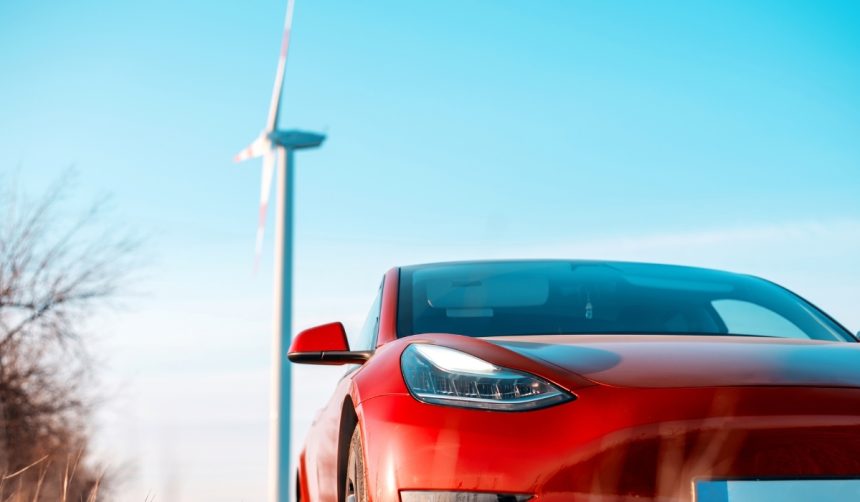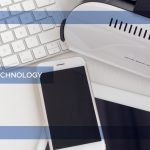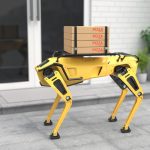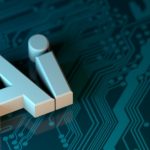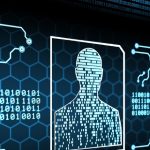A fatal 2019 crash in Key Largo, Florida, involving a Tesla vehicle equipped with Autopilot, has reignited debate over the responsibilities of drivers and manufacturers using advanced driver assistance systems. Tesla faces a significant financial penalty following a jury’s decision in favor of the victims’ family, despite warnings issued by the company regarding the limitations of its Autopilot and Full Self-Driving systems. Reactions across automotive and legal communities highlight persistent questions about the accountability of drivers when using semi-automated technologies. Public attention also focuses on how consumer trust and company messaging intersect, as automation becomes more prevalent on roadways.
In past incidents where Tesla vehicles were involved in crashes, juries have sometimes exonerated the company from direct liability by emphasizing driver error and company warnings. However, this case marks one of the largest awarded damages against Tesla, signaling a possible shift in how courts interpret the shared responsibilities between technology providers and users. Previous court findings often centered on technical evaluations, but this time, the focus incorporated both the system’s design limitations and the user’s admitted distraction. This trajectory could reflect changing attitudes regarding partial automation’s role in traffic incidents and broader social expectations surrounding road safety.
What Led the Jury to Find Tesla Partially Responsible?
The jury concluded that Tesla’s Autopilot system contributed at least in part to the fatal accident, after examining evidence that the technology may have allowed the driver, George McGee, to divert his attention from the road. McGee told the court he was searching for his phone when the crash occurred, a factor that weighed heavily in the trial. Tesla’s guidance states that drivers must remain attentive at all times, yet the plaintiffs argued these measures were insufficient to prevent misuse. The jury ruled in favor of the family of Naibel Benavides Leon, assigning Tesla responsibility for $324 million in damages to the bereaved and injured parties.
Tesla’s Policy and Response: How Do Warnings Factor In?
Tesla’s official documentation and website emphasize that Autopilot and Full Self-Driving features are not designed to replace an attentive human driver. The company reiterates that users must keep their hands on the wheel and be prepared to take over at any moment. In court, Tesla’s attorney emphasized:
“Autopilot is a driver assistance system that is intended to be used only with a fully attentive driver. It does not turn a Tesla into a fully autonomous vehicle.”
Tesla maintains that repeated disregard for warnings results in deactivation of Autopilot for the remainder of the trip, seeking to underline the operator’s ultimate responsibility. The defense further noted the universal nature of distracted driving, stating:
“He said he was fishing for his phone. It’s a fact. That happens in any car. That isolates the cause. The cause is he dropped his cell phone.”
Will the Appeal Clarify Manufacturer and Driver Responsibilities?
Elon Musk announced that Tesla intends to appeal the decision, a process likely to clarify how fault is distributed when automated systems are involved. During the trial, plaintiffs argued that Autopilot was activated on a roadway for which the system was not designed, despite clear disclaimers from the company. The outcome of the appeal may influence industry practices and judicial approaches towards advanced driving technology. Both sides await further legal steps, which may shape future regulatory and consumer standards regarding driver assistance systems.
Many consumers and safety advocates are closely following the appeal, as it raises broader legal and ethical questions. Determining the line between driver accountability and technology provider responsibility becomes even more pertinent as more semi-autonomous features enter the market. This case also demonstrates the potential for large legal judgments that could impact product messaging, system design, and even insurance coverage in the future. The explicit nature of Tesla’s user agreements and the warnings provided may serve as critical reference points for other companies developing similar technology.
The ongoing legal process highlights the necessity for clear communication about system capabilities and user responsibilities in partially automated vehicles. While automated driver assistance systems such as Tesla’s Autopilot and Full Self-Driving promise convenience, their real-world deployment continues to test the boundaries of accountability. Owners of such vehicles should carefully review all manufacturer-provided information and exercise caution, especially when using features on roads not designated for automation. As courts and regulators grapple with these evolving technologies, drivers must remain fully engaged and aware, even as technical capabilities grow more sophisticated.

